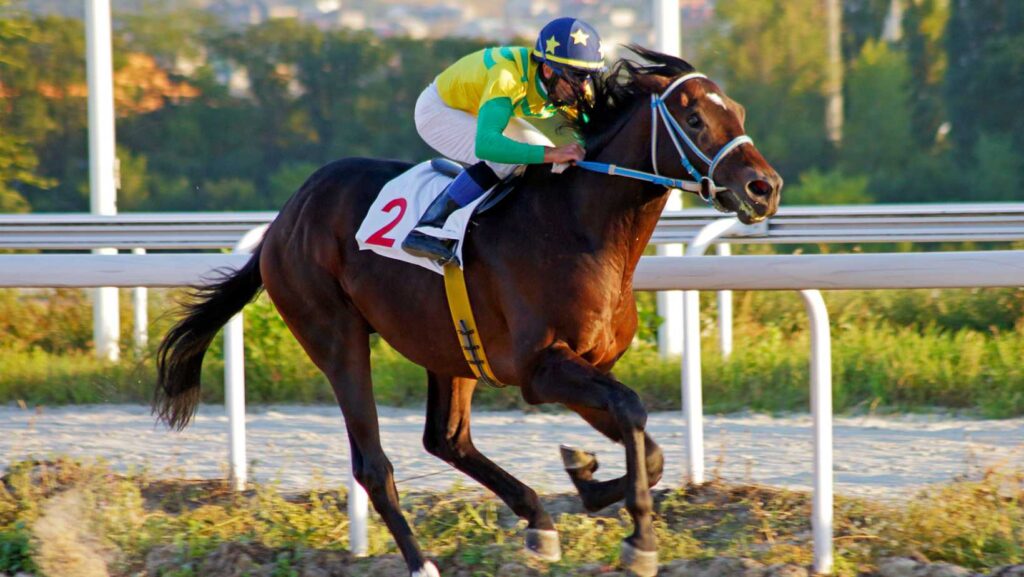The Breeders’ Cup is one of the most exciting events in horse racing. It brings together the best horses, jockeys, and trainers worldwide to compete in yearly races. The stakes are high, and anticipating who will cross the finish line first is always thrilling.
What makes this event even more intriguing is the wide range of factors that can influence the outcome of each race. While fans expect performance based on the horse’s talent or the jockey’s strategy, several less apparent factors can surprise casual observers and seasoned bettors.
The unpredictability of these elements makes the Breeders’ Cup even more engaging to watch.
Weather Conditions
Weather plays a more significant role in horse racing than many realize. In the days leading up to the Breeders’ Cup, a clear forecast can suddenly turn, dramatically affecting the race. High temperatures, rain, or wind can all directly impact the horses and the condition of the track. Horses that usually perform well on a dry, fast surface may struggle with a soggy or muddy track, slowing down even the fastest contenders.
Over the years, we’ve seen how surprising weather changes can flip the script. For example, wet and muddy tracks benefit horses known for endurance rather than speed. In some cases, horses that were long shots to win won because their running style matched the track conditions better than their faster competitors.
Jockey-Horse Chemistry
The relationship between a jockey and their horse is often underestimated but can be crucial to the race’s outcome. A strong bond allows the jockey to understand the horse’s strengths and weaknesses better, making quick decisions during the race. When a jockey and horse have spent significant time working together, the results are often much smoother, leading to a better performance on race day.
Conversely, changes in jockeys, especially those made close to the race, can disrupt the horse’s rhythm. A jockey unfamiliar with the horse may struggle to get the best out of it, even if it is considered a favorite.
Many fans track jockeys and trainers through platforms like FanDuel.com to stay informed about these crucial partnerships. The chemistry between a jockey and their horse can sometimes be the hidden factor that surprises everyone at the finish line.
Post Position
Post position is another element that can surprisingly influence race outcomes, even though it often doesn’t get much attention from casual fans. The gate a horse starts from can impact its ability to find a good position on the track, especially in the critical first few seconds of the race.

Horses that start from the inside, close to the rail, may get stuck behind others if they don’t get out fast enough, while those starting on the outside need to cover more distance, which can slow them down.
However, it’s not always as straightforward as it seems. Some horses perform better from specific positions based on their running style. For instance, a horse that likes to stay back and make a strong finish may benefit from being placed in an outside post where it can avoid early traffic. This subtle but essential factor often surprises spectators, especially when a lesser-known horse wins from a less favorable post.
Home Track Advantage vs. Traveling Horses
Another key but often overlooked factor is whether a horse runs on its home track or at an unfamiliar location. Horses familiar with the track may be advantageous because they are used to its layout, surface, and local climate. A home track advantage might not seem significant. Still, it can make a real difference in navigating turns, reacting to track conditions, and maintaining stamina throughout the race.
Conversely, horses traveling out of state—or internationally—face additional challenges. The stress of long-distance travel, climate changes, and adapting to new surroundings can surprisingly impact a horse’s performance.
For example, Talismanic, considered an outsider, won the 2017 Breeders’ Cup Turf at Del Mar after adapting better to the local environment than other traveling favorites. Conversely, Gun Runner, a top contender in the 2016 Breeders’ Cup Dirt Mile, underperformed when traveling to Santa Anita, showing how even strong horses struggle with unfamiliar environments.
Track Surface
The type of track surface—dirt or turf—is one of the most surprising factors influencing a horse’s performance. While many fans focus on the horse’s speed or stamina, the surface they run on can make all the difference. Some horses are bred for speed on dirt tracks, while others excel on grass or turf surfaces. Casual viewers often underestimate the ability of a horse to adapt to different surfaces, but can lead to unexpected results.
For example, a horse performing well on dirt tracks might struggle with a turf course. Conversely, a horse that has shown modest results on dirt may outperform expectations when racing on turf, where they are more comfortable.
In past Breeders’ Cup races, surprising upsets have occurred when horses adapted better to the surface conditions than their competitors, proving that track type plays a more significant role than many anticipate.
Conclusion
Several surprising factors can influence the outcome of the 2024 Breeders’ Cup, from weather conditions to post position and even the chemistry between jockey and horse.

Though often overlooked, these elements make the races unpredictable and thrilling. Watching these surprising influences will add excitement and anticipation to the 2024 Breeders’ Cup as the event approaches.

